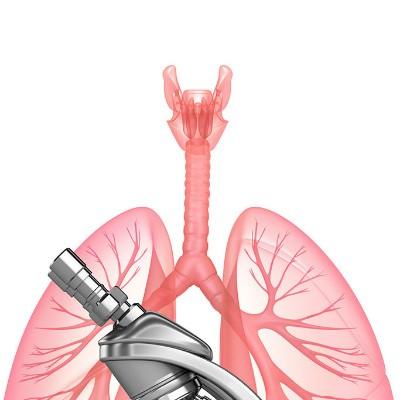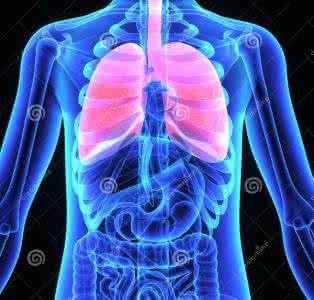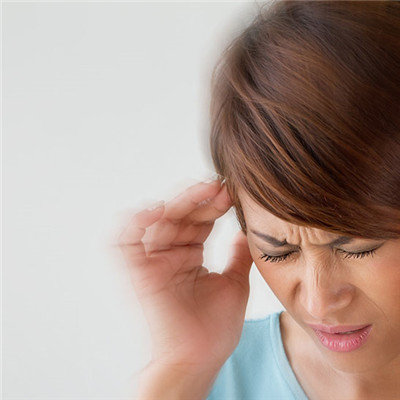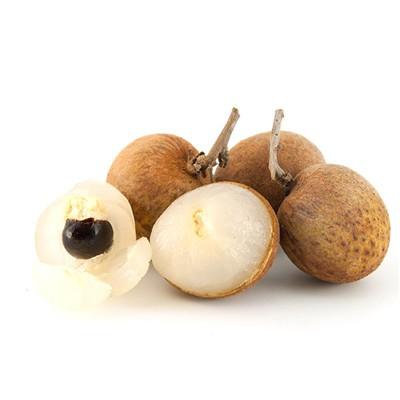What condition is purpura disease
summary
Allergic purpura, to pay attention to rest, avoid fatigue, avoid emotional fluctuations and mental stimulation. Prevent insect bites. Remove possible allergens. Keep warm to prevent colds. To control and prevent infection, sensitive antibiotics should be used when there is a definite infection or infection focus, but blind prophylactic use of antibiotics should be avoided. So, in life, we should pay attention to it, the following specifically talk about what is the situation of purpura.
What condition is purpura disease
Symptom 1: skin purpura, often the first manifestation of onset, purpura size, higher than the skin surface, purplish red, pressure does not fade, can be fused into a piece, or herpetic, urticaria like or pleomorphic erythema, and can be accompanied by neuroedema. Ulcer and necrosis may occur occasionally in severe cases. Henoch Schonlein purpura is more common in the extension of limbs and buttocks, especially in the lower limbs, ankles, knees and other joints.
Symptom 2: gastrointestinal symptoms, many children have abdominal pain, mostly paroxysmal severe colic, or dull pain, obvious in the umbilicus or lower abdomen, tenderness, but no abdominal muscle tension. May be accompanied by diarrhea and varying degrees of hematochezia, stool tar like or bright red. Severe cases may also have vomiting, but hematemesis is rare. If abdominal pain and bloody stool appear before skin purpura, it should be differentiated from surgical acute abdomen. This disease can be caused by intestinal submucosal hemorrhage and edema, resulting in intestinal dysfunction, and even induce intestinal intussusception.
Symptom 3: joint symptoms, some children have joint swelling and pain, mostly involving large joints, such as knee, ankle, wrist, elbow, etc., small joints are not involved. It can be single, multiple or wandering. Joint swelling, pain, activity pain, local often accompanied by mild heat, severe have burning sensation. There was no sequela after the joint symptoms subsided.
matters needing attention
This disease needs attention: adrenocortical hormone, which can inhibit antigen antibody reaction, has the effect of anti allergy and improving vascular permeability, is the preferred drug for the conventional treatment of allergic purpura and idiopathic thrombocytopenic purpura. Anaphylactoid purpura is usually treated with oral prednisone or dexamethasone. In severe cases, hydrocortisone or dexamethasone can be given intravenously every day for 35 days. After the disease was stable and improved, oral prednisone was used. After the disease was controlled, the dose of adrenocortical hormone was reduced to the minimum maintenance dose. The course of treatment depends on the patient's condition and generally takes 34 months.













